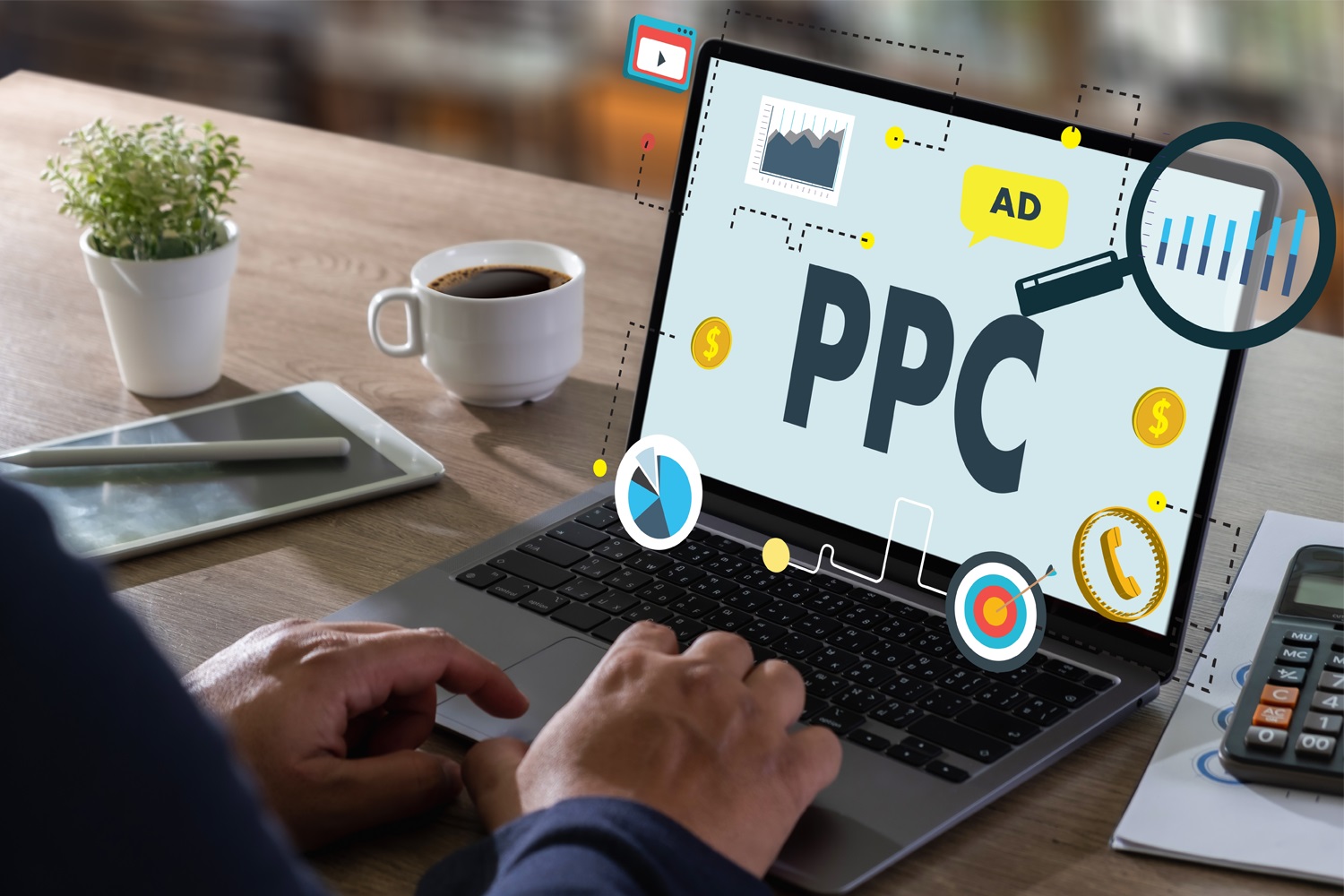I started as an SEO consultant in October 2006 and have since built & trained a team of people who now deliver a variety of marketing services to clients. My clients range from companies with a 6 figure turnover to small sole traders spending £30 a month.
I am still working with my first clients, who joined me in 2009 when I started freelancing.
Many marketing options are a rigid service & set process that is delivered without accountability for return on investment. Advice is limited to the scope of a rigid solution and is not wholistic. The deliverables are usually focused on metrics, which do not provide return on investment data.
The best marketing solutions are often designed and tailored to fit an individual business. When a business owner receives biassed and rigid choices it can be very limiting and will often result in a disappointing return on investment with spiky unpredictable cash flow.
Work with a marketing strategist who is incentivised by your success and will prove the return on your investment. Who is flexible enough to tailor a solution to your budget, with an experienced implementation team to do all the heavy lifting for you.
Enter your details to schedule a call back and a free strategy session with me... Let's explore the best fit for your business.

When each enquiry is traceable to its origin & cost, and linked with its profit data, the ROI (return on investment) is then transparent. This is usually achieved by using technology to accurately track phone calls and webform enquiries to their source advertisement.
Marketing & advertising is simply the creation of ways to buy new customers. The budget can be established by multiplying how many new customers are wanted by how much it costs to acquire each new customer. The average customer value is used to set the limit that can be spent acquiring a new customer. A portfolio of low to high value offerings increases customer spend and creates a competitive advantage. The more a business is able to spend on buying a new customer, the more stable that business becomes.


Most businesses have a certain budget they are comfortable spending to test things out. It is my responsibility to make it work. Usually the starting budget is small and its purpose is to prove a return. It is then increased to achieve the enquiry levels as required. There are exceptions to starting small and proving myself, but I find this is usually the best way to begin working with new clients.
Google Ads is a quick lowcost way to test the feasibility of a 'buy now strategy'. It directs people, who are actively looking for your service, to your website. This tests if people are actively looking and how well your existing website will convert a 'buy now visitor to an enquiry. Optimisation of this will lower the cost per enquiry, so if the numbers work initially it is a good indicator of future success.



Select search phrases with a high 'buy now' strength


Lower the cost per click


Increase the concurrency of search phrase to ad to landing page


Increase the direct response strength of the landing page
The stronger a landing page is from a direct response perspective, the more enquiries it will generate from the same number of clicks. Increasing this requires careful consideration of the following:
Unique Selling Points
Selling Points
Customer Pain Points & Drivers
Common Prohibitions Stopping a Customer from Proceeding
I will always advise what I consider to be in your best interests
The only thing that I ask in return is that your business does not conflict with other existing clients